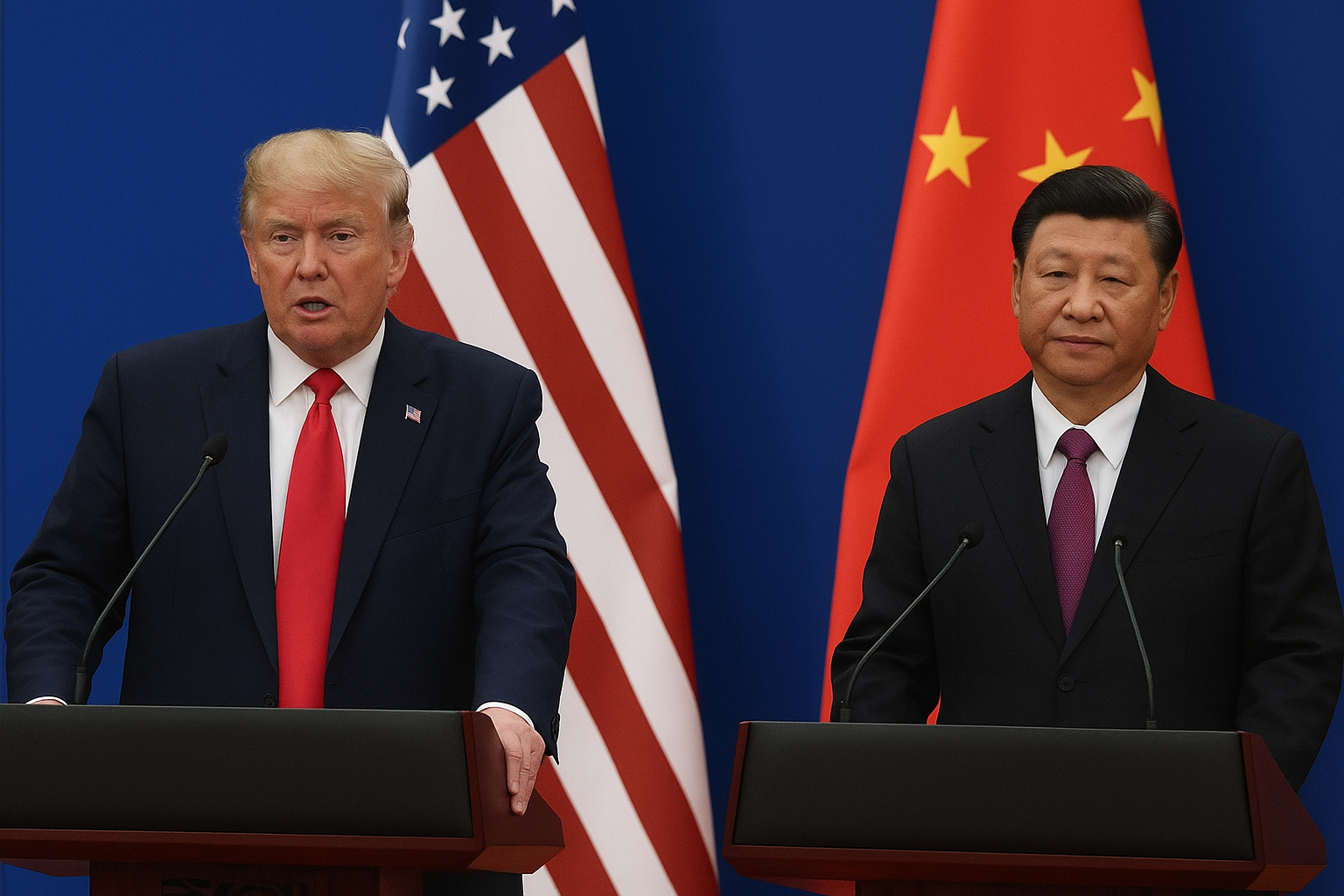The global race toward clean and scalable energy solutions just gained fresh momentum. U.S.-based General Atomics announced a CA$20 million investment over the next decade into Fusion Fuel Cycles’ UNITY-2 project in Ontario, Canada—an ambitious test facility designed to demonstrate the full deuterium-tritium fuel cycle. This project marks a critical step toward making commercial fusion power more than just a distant ambition.
For investors, the announcement reflects growing confidence in fusion’s long-term viability at a time when the energy transition is reshaping capital flows across industries.
Why This Matters for Investors
Fusion has long been heralded as the “holy grail” of clean energy—capable of delivering near-limitless, carbon-free power with minimal waste. Yet despite decades of research, commercialization has remained elusive due to technological and cost barriers.
UNITY-2 seeks to address one of the key hurdles: testing and validating the deuterium-tritium (D-T) fuel cycle in a practical environment. According to AviTrader Aviation News, General Atomics’ CA$20M commitment is earmarked for advancing the testing infrastructure required for sustainable fuel handling, tritium management, and reactor safety.
If successful, UNITY-2 could de-risk some of the biggest technical challenges facing fusion power and attract broader investor interest into the space. The milestone also places Canada on the global map for fusion R&D—alongside projects like ITER in France and SPARC in the U.S.
Core Analysis
Fusion’s Rising Profile in Clean Tech Investing
Institutional and venture capital interest in fusion has surged over the past five years. According to data compiled by BloombergNEF, private fusion companies raised over $6 billion globally since 2021, with funding rounds from firms like Commonwealth Fusion Systems, Helion Energy, and TAE Technologies.
General Atomics’ move aligns with this momentum, signaling that even established U.S. defense and energy contractors are betting on fusion’s potential as part of the clean energy transition.
Canada’s Strategic Role
By hosting UNITY-2, Canada positions itself as a strategic hub for next-generation energy research. This complements Ottawa’s recent policy push toward decarbonization and energy innovation, including tax incentives for clean technology development. Ontario’s strong academic ecosystem and infrastructure make it an ideal location for high-risk, high-reward research initiatives.
The Risk-Reward Balance
Fusion is still decades away from being grid-ready, meaning short-term returns remain limited. However, projects like UNITY-2 reduce the technology risk that has historically deterred investors. For long-horizon portfolios—particularly those focused on clean tech, ESG, and energy transition themes—the upside potential is enormous if key milestones are met.
Future Trends to Watch
- Demonstration Milestones: Investors should track UNITY-2’s progress on tritium fuel handling and closed-cycle demonstration. Early results will be a leading indicator of commercial viability.
- Policy and Government Support: Both U.S. and Canadian government funding could accelerate private capital inflows. Similar to how subsidies boosted solar and wind adoption, targeted fusion incentives could drive market enthusiasm.
- Fusion-Adjacent Opportunities: Suppliers of superconducting magnets, cryogenics, and advanced materials stand to benefit even before full-scale fusion commercialization. These secondary plays may provide earlier revenue streams for investors seeking exposure.
- ESG and Institutional Interest: With institutional investors under pressure to align portfolios with net-zero targets, fusion represents a compelling long-term hedge against fossil fuel volatility.
Key Investment Insight
General Atomics’ investment in UNITY-2 should be read as a validation signal for the broader fusion sector. While commercialization remains a decade or more away, projects that achieve technical breakthroughs could transform fusion from speculative science into a cornerstone of global energy supply.
For investors, this means watching not only the big fusion startups but also ancillary companies in materials, infrastructure, and advanced energy systems. Allocating a small, high-risk portion of a portfolio toward clean tech ventures tied to fusion may provide asymmetric upside in the coming decade.
Stay Ahead with MoneyNews.Today
The fusion story is no longer confined to labs and theory—it’s entering the investment mainstream. Follow MoneyNews.Today for daily analysis on the breakthroughs, policy moves, and corporate investments shaping the future of energy and markets.





